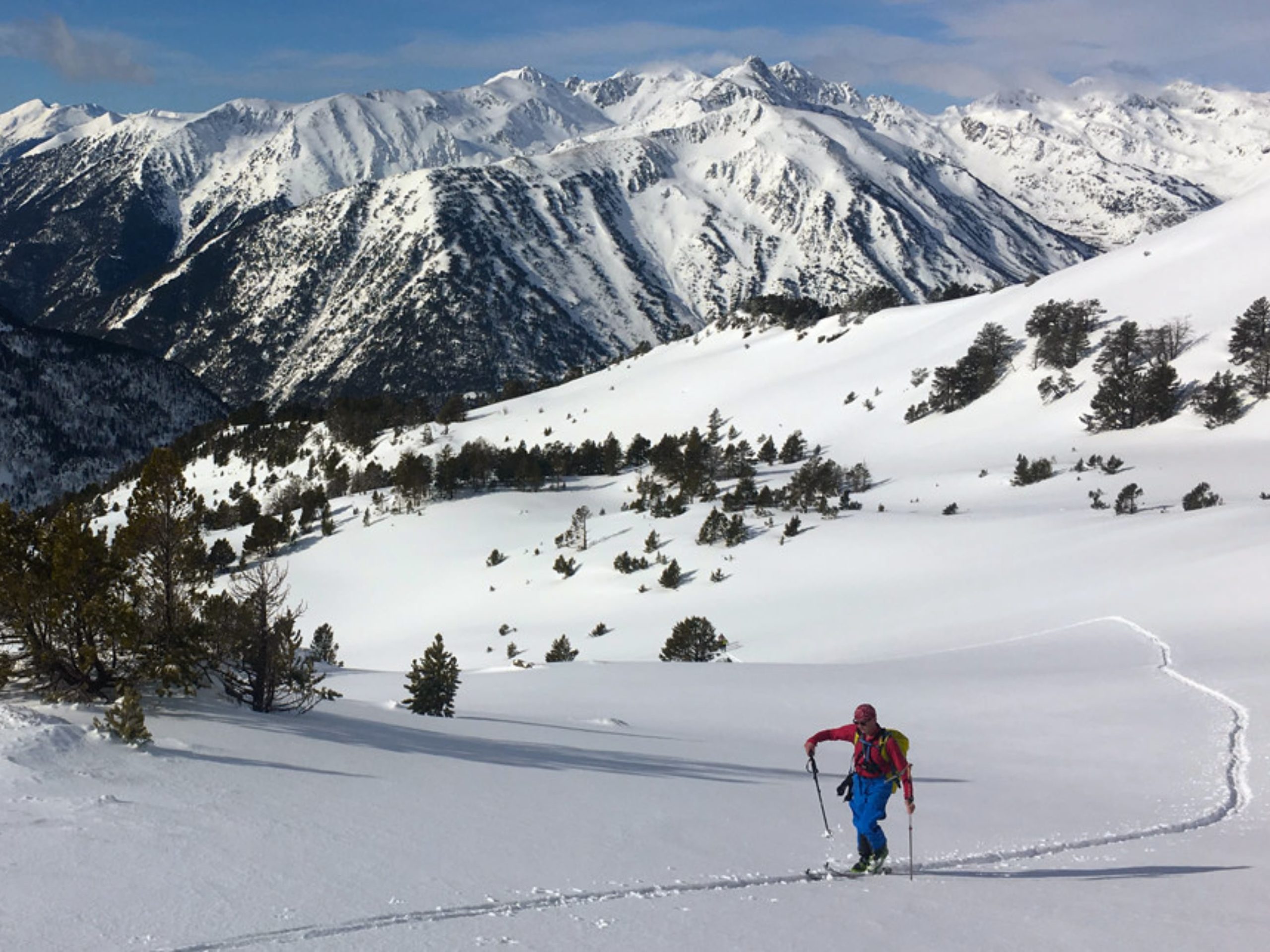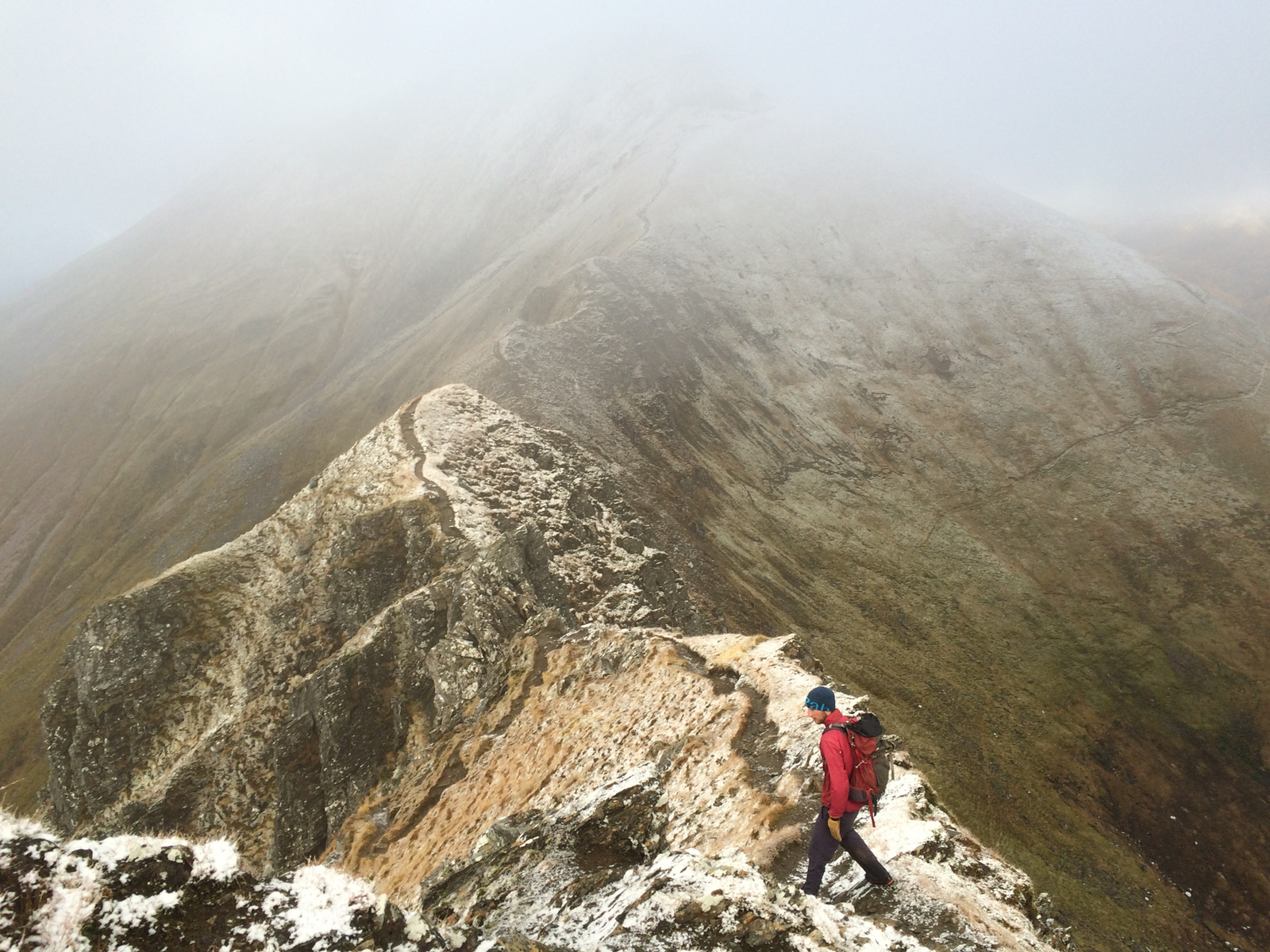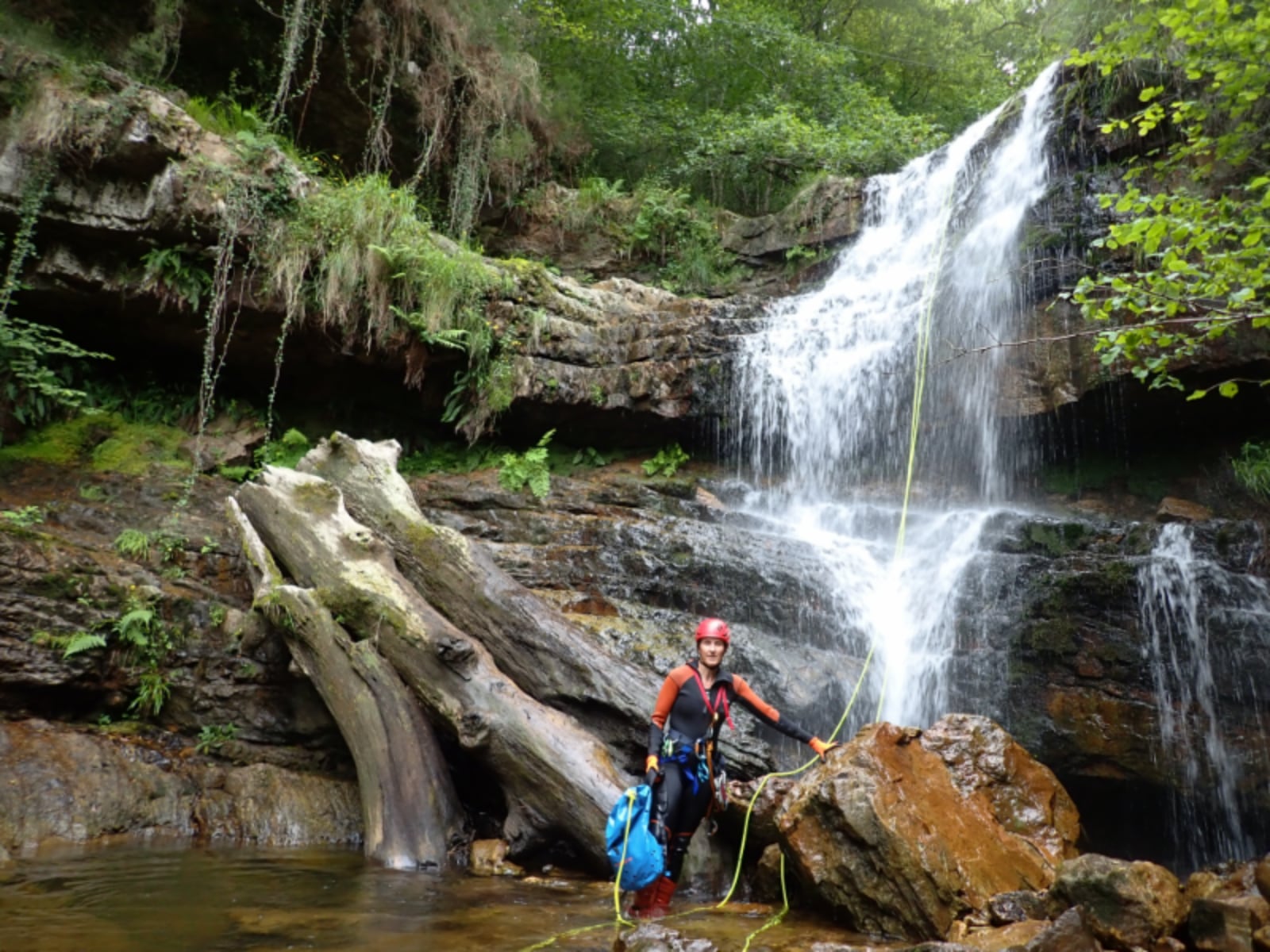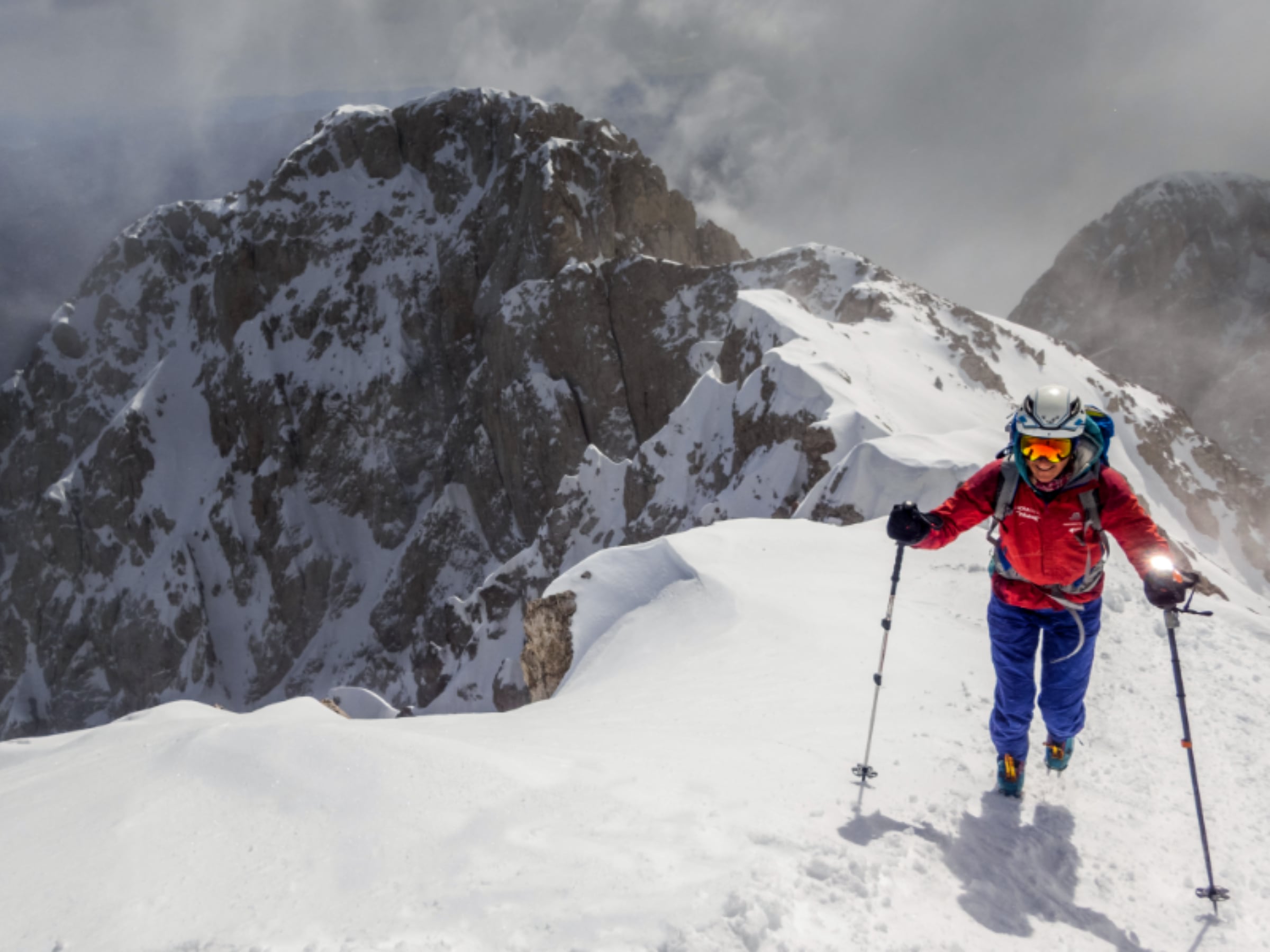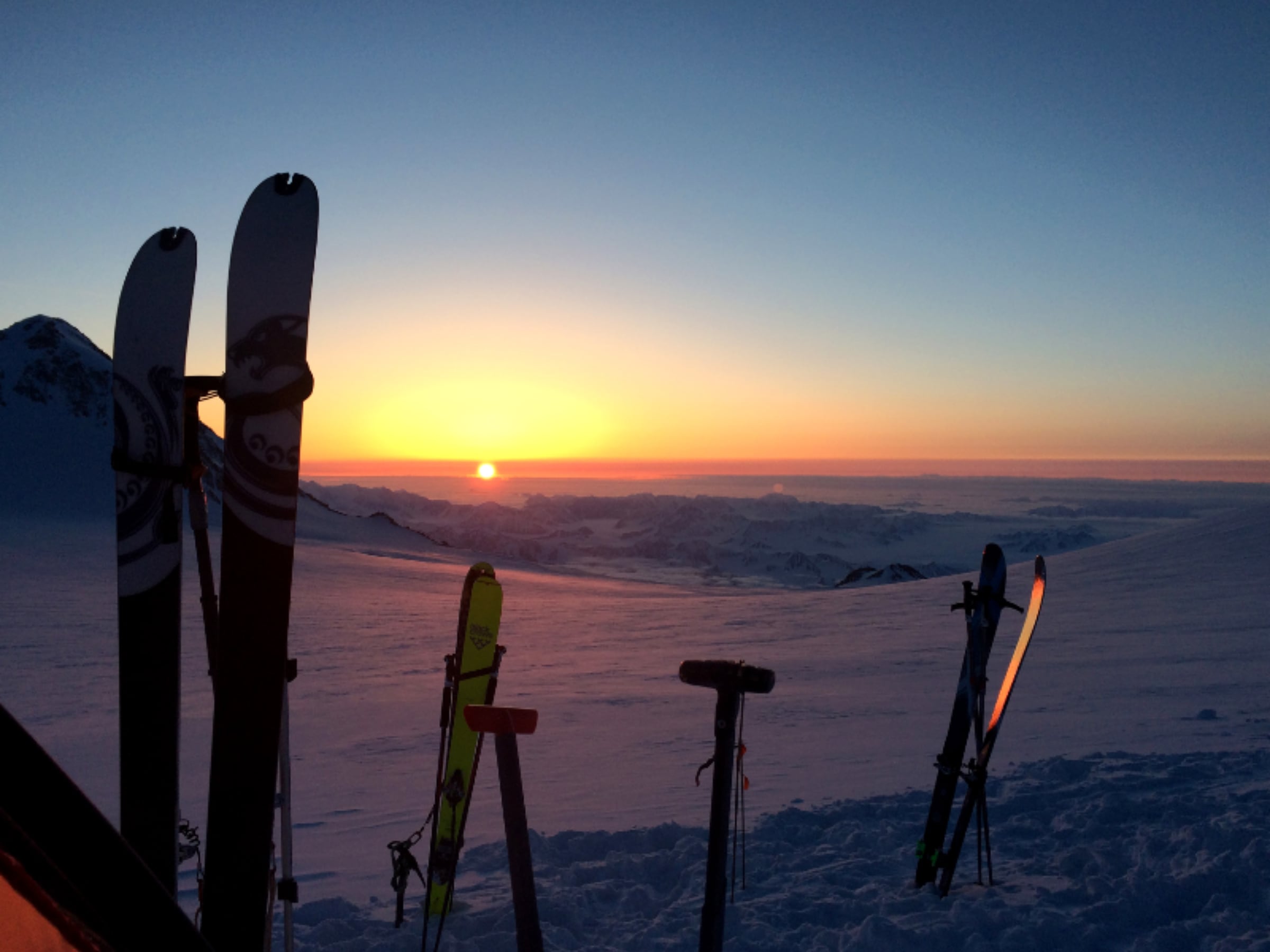Recently I’ve found myself pondering what the rise of #adventure in our modern times really means.
#Adventure has been used over 45 million times on Instagram, a platform that hasn’t yet reached its tenth birthday. With every year that the hashtag replicates exponentially, our experience of adventure becomes safer and tamer. Are we shouting about it ever more loudly precisely because it is melting away as we watch, right along with the glaciers?
Wikipedia defines adventure in two ways: 1. an exciting or unusual experience. 2. a bold, usually risky undertaking, with an uncertain outcome. The rise of #AdventureTravel is consciously designed to replace the latter with the former, to sell us packaged excitement so we can pretend the outcome might be uncertain, while having lawyers on speed dial if it turns out that it actually is.
#ExtremeSleeping... Didn’t we used to just call that ‘camping’?
It’s not just commercial operators who are shouting ever louder about ever less. Every #adventurer is doing the same. I admire Phoebe Smith for successfully branding herself as an #ExtremeSleeping adventurer, but she’s not talking about about snowhole bivvis at 7700 metres, or portaledges of Karakorum rock walls. It’s about sleeping outside somewhere in Britain that isn’t a commercial campsite. Didn’t we used to just call that ‘camping’?
Al Humphreys has had similar success in bringing us the #MicroAdventure… which looks a lot like the old-fashioned concept of a weekend outdoors. It’s not just old people grumbling that it was better back in the day; the change is real. Just when we seem to be most anxious about letting our children out of our sight, it has also never been safer to be outside.
I took off on my first expedition at the age of 21, a young woman with a young man I barely knew, going to climb the Rwenzori mountains in central Africa. Unknowingly we were travelling through the east side of Zaire (now the DRC) just before the war erupted that would render the area unsafe for tourists for the next twenty years. All we had was a guidebook that was sixty years out of date. There was no satellite mapping to peruse, no weather reports to download; we had no Spot tracker bread-crumbing our progress, no Delorme Inreach texting to our Twitter accounts, no mobile or satellite phones.
My mother dropped me off at the airport and just had to believe that I would be there again six weeks later. Up in the mountains there was no rescue of any kind – no EPIRB, no Global Rescue Insurance, no helicopters. One of the two of us would have had to run down to the nearest village – a two-day run from basecamp – and beg for help.
Travel in Africa and you will inevitably come across a woman walking along a dust road, a load balanced on her head, miles from a village. Or a man on a single-speed bicycle, on a track deep in the bush. They aren’t #adventurers, blogging their way to a first bike/run/Elliptigo crossing of the continent. They are just people doing what it takes to live and survive in their daily lives. On our return through Goma, we were given a letter by a Zairean man, to post when we returned home. As soon as he left, we gently prised it open to check the contents. It was a letter to a South African radio station that blared our propaganda across the continent, asking them to play a song for him on their request show.
Of course, an experience that was life-changing for me in 1991 was inconsequential by global adventure standards. Almost anything that you can call an adventure will impress someone, even if only your mum (at least back then my mother couldn’t leave embarrassing comments on my blog.) The most record-breaking, attention-getting adventure in the world will have some critics. Someone will say it was all better in the 1980s or the 1880s, or when homo sapiens first walked out of Africa. The style depends on the age you live in.
When the expedition of the Duke of Abruzzi did the first ascent of the Rwenzori’s highest peaks in 1906, they marched across East Africa to reach the range, accompanied by a line of porters half a kilometre long. The Duke was a man who knew how to camp. No #ExtremeSleeping for him; on his expedition to do the first ascent of Mount St Elias he took a brass bed frame to base camp.
People sometimes wonder why first ascents of mountains were generally not done by the local people. The answer is simple: why would they? There was nothing to be gained up there. When you are focused on subsistence living, there’s more than enough work to be going on with and quite enough risk already – there’s no need to seek out more. The pursuit of mountain summits came out of the rise of a class of people with leisure and money, and ever fewer dangers to face in their daily lives.
The change in mountaineering in just our lifetimes has been astonishing. Jan Morris, the journalist who sent out news of the first Everest ascent by giving a coded note to a boy to run down the trail to a radio shack to send a telex is still alive and writing, in a year when two American climbers Snapchatted their Everest ascent from base camp to summit. Adventures weren’t ‘athletes’ a generation ago but rather keen amateurs or curious scientists. Extreme sports were only defined as a concept in the 1990s and their participants now bring Olympic levels of training and science to their physical endeavours. The jump in standard in climbing in less than a lifetime has been phenomenal.
You can see modern adventure athletes leaning into the game, alternating between projects done for themselves and projects done for sponsors, media and audiences that delight in sensational visuals, number-smashing records, and easy-to-understand objectives – Ueli Steck being filmed for his speed-ascent of the iconic North Face of the Eiger, Kilian Jornet racing up Everest. However there has always been a ‘game’ to all of this. There has always been a sense that the current generation is deprived of something that was better in years gone by. The rise of exploration as more of a leisure activity than a search for new trade routes coincided with the Victorian era, when steamships and telegraphs initiated the modern phenomenon of the shrinking globe.
The Geographical societies that we now think of as symbols remaining from an age of capital ‘A’ Adventure, grew out of a era that was becoming ever more standardised and urbanised. With Victorian adventure came all the trappings we associate with modern #adventure sensationalism: the best-selling books, the lucrative lecture tours, the how-to-do-adventure manuals, the blatant lying about adventure records – the Victorians had it all.
They also had it tidily reserved for the ‘right kind of chap’. Those august societies were rooted in a foundation of sexism, racism and classism we now consider intolerable. If we push aside an often deeply unrealistic nostalgia for a golden age that never existed for most people, there is no better time to be trying to get outdoors than right now.
Equipment has never been lighter and easier to use. The tool that lets us research remote locations, find adventure partners and learn outdoor techniques and safety protocols sits in our pocket or on our desk. It has never been more accessible to so many to range widely in the outdoors.
Many of us feel the world is somehow diminished in modern times, smaller and more crowded. That smaller feeling is a product of our technology and seem to be the price we pay for all the advantages that tech brings. That crowded feeling is real. In 1850 there were 1.2 billion people on the planet. Today there are roughly 7.5 billion. Every one of those Victorians now has six neighbours standing next to them.
The impact of those numbers demands management far beyond grumbling over a few sensational hashtags. If more people get outdoors this weekend because they bought into #MicroAdventure, if more people get to see the stars because they tried #ExtremeSleeping, is that a bad thing? As the new billions continue to crowd into cities and lose touch with the risks and rewards of interacting with nature, anything that helps bring them back into contact with nature seems worth embracing.
This article first appeared in Trek & Mountain.


